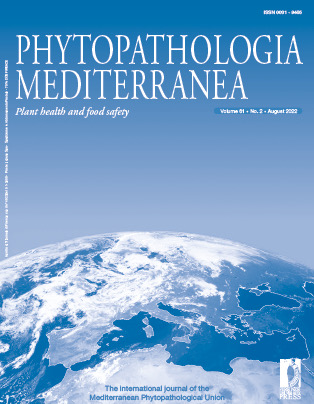Published 2022-07-19
Keywords
- Bacterial disease,
- PCR,
- morphological characterization
How to Cite
Abstract
Oleander (Nerium oleander L.) is a popular woody ornamental plant, often used for decorating public areas, terraces and gardens. Many diseases may decrease in the ornamental value of these plantings. Between 2018 and 2020, plant pathogenic bacteria of oleander were examined, and many samples of infected plants were collected from different sites in Hungary. Two non-pigmented Serratia marcescens isolates were identified from oleander by classical and molecular methods. The isolates caused necrotic lesions on oleander leaves. Serratia marcescens is known as an opportunistic mammal or plant pathogen, but non-pathogenic strains are known to be useful biological control agents or plant growth-promoting bacteria. This is the first report of the plant pathogen S. marcescens from oleander, and the first identification of the bacterium in Hungary.







